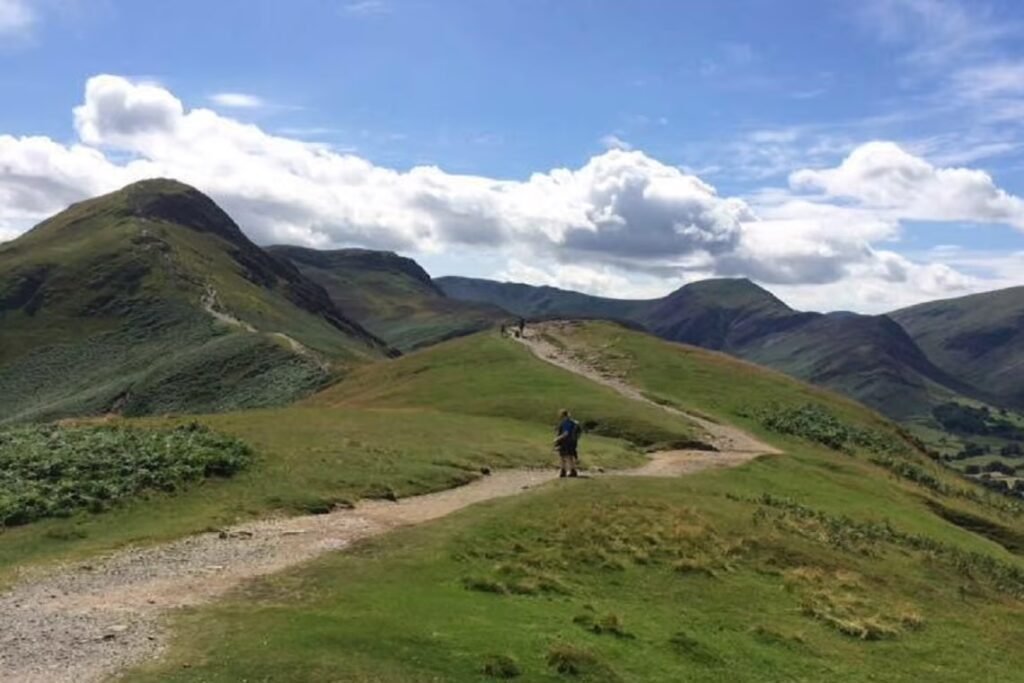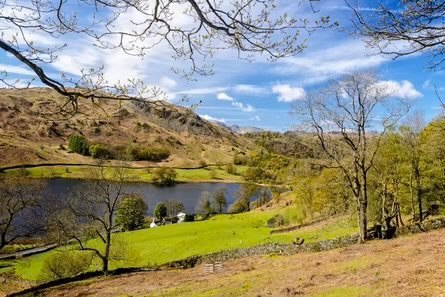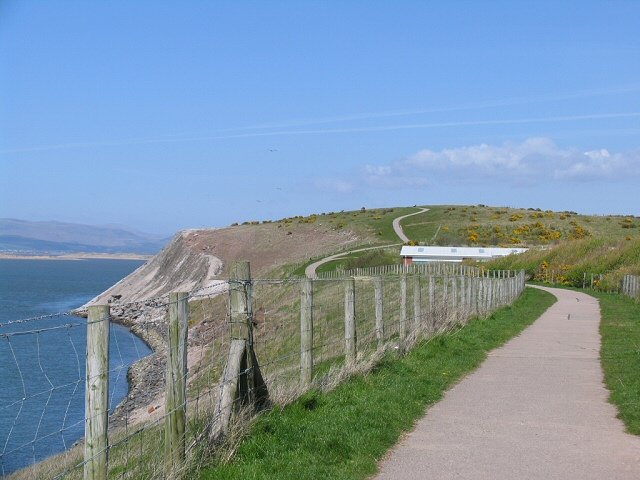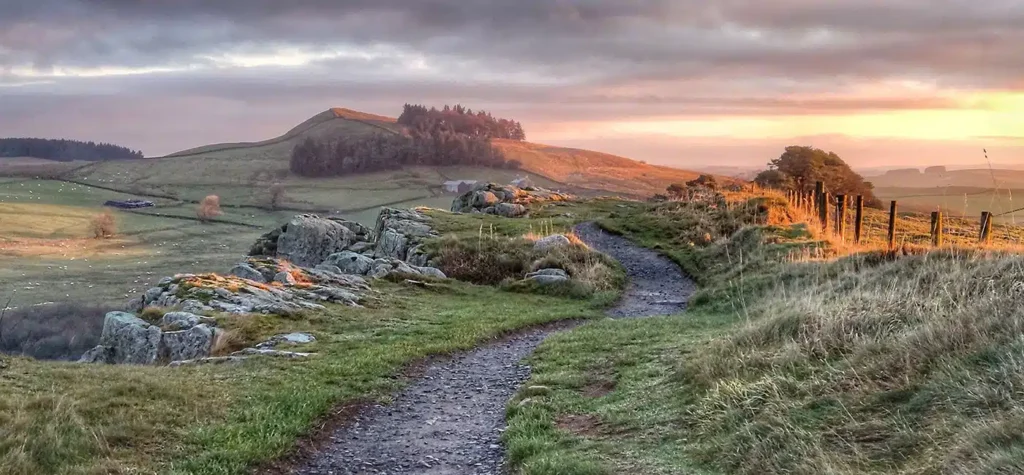
Key Points
- Research suggests the Catbells Lakeland Walk is a 3.5-mile (5.6 km) circular route near Keswick, Lake District, with a 450-meter ascent, offering stunning views of Derwentwater and surrounding fells.
- It seems likely the walk is moderate in difficulty, suitable for families and beginners, with some steep sections and scrambling, taking 2-3 hours to complete.
- The evidence leans toward it being popular for its accessibility, with parking at Hawes End and public transport options like the Keswick Launch, though parking can be limited.
- There is a minor controversy over the spelling, with “Catbells” and “Cat Bells” used interchangeably, but “Catbells” is more common.
Introduction
The Catbells Lakeland Walk is one of the most beloved hikes in the Lake District, offering a manageable yet rewarding experience for walkers. Located near Keswick, this 3.5-mile circular route takes you to the summit of Catbells, a fell standing at 451 meters (1,480 feet), with breathtaking views of Derwentwater, the Newlands Valley, and surrounding fells like Skiddaw and Blencathra.
Route and Highlights
The walk typically starts at Hawes End, ascending steeply with some scrambling before reaching the summit, where panoramic views await. Key highlights include the Thomas Arthur Leonard memorial and the summit cairn, perfect for a rest and photos.
Practical Tips
Arrive early for parking, or use the Keswick Launch for a scenic boat ride to the start. Bring sturdy boots, waterproofs, and snacks, as there are no facilities on the route. Spring and autumn are ideal for milder weather and fewer crowds.
Survey Note: A Comprehensive Exploration of the Catbells Lakeland Walk
The Catbells Lakeland Walk, launched as a popular hiking route near Keswick in the Lake District, is a 3.5-mile (5.6 km) circular walk with a 450-meter (1,476 feet) ascent, taking approximately 2-3 hours to complete. Research suggests it’s one of the most accessible and beloved walks in the region, offering stunning views of Derwentwater, the Newlands Valley, and surrounding fells. The guidebook “Walks in the Lake District” by WalkLakes includes detailed maps, while resources like Hiking Photographer and Countryfile.com provide route descriptions and photos, available at WalkLakes, Hiking Photographer, and Countryfile.com.
Background and Significance
Catbells, located on the western shore of Derwentwater, is part of the Lake District National Park, a UNESCO World Heritage Site known for its natural beauty and literary heritage. Its name may derive from “Cat Bields,” meaning “shelter of the wild cat,” though this is not certain. The fell’s popularity is well-documented, with Alfred Wainwright describing it as “a family fell where grandmothers and infants can climb the heights together, a place beloved,” as noted in Wikipedia. This reflects its appeal to walkers of all abilities, from tourists to experienced hikers.
There is a minor controversy over the spelling, with sources like Andrews Walks and Mountain Walks using “Cat Bells” on OS maps, while most modern guides prefer “Catbells.” This does not affect the walk’s enjoyment but highlights naming variations.
Detailed Route Description
The classic route starts at Hawes End (grid reference NY 246 211), near the western shore of Derwentwater, and is typically walked clockwise. It’s divided into three stages:
- Hawes End to Summit (approx. 1.5 miles): Begin at the small parking area, following the signpost to “Cat Bells 1 mile.” The path climbs through a wooded area, then zigzags up the north ridge, passing the Thomas Arthur Leonard memorial, a slightly scrambly section. As per WalkLakes, “bear right onto steep zigzags heading straight up the nose of the ridge,” offering early views of Derwentwater.
- Summit (0 miles): At 451 meters, the summit features a cairn with panoramic views of Derwentwater, Keswick, Skiddaw, Blencathra, the Newlands Valley, and Borrowdale fells. It’s a popular spot for photos and rest, as noted by Hiking Photographer.
- Summit to Hawes End (approx. 2 miles): Descend south along the ridge, gradually steepening, returning to Hawes End. Be cautious on wet days, as per AllTrails, which notes, “in wet weather, the route can get quite muddy.”
Alternative routes include starting from Brandelhow Bay or via Lingholm Estate, adding variety. The Newlands Horseshoe extends the walk to include Maiden Moor and High Spy, as mentioned by Craghoppers.
Difficulty and Accessibility
Research suggests the walk is moderate, with a steep ascent and some scrambling, suitable for most walkers with reasonable fitness. The total ascent is 450 meters, taking 2-3 hours, as per Think Adventure. It’s family-friendly, with reviews on TripAdvisor noting, “Great walk, took 8 year old and 10 year old who loved the scrambling near the top,” and “It’s not too difficult with a bit of a scramble at the top.” However, wear sturdy boots, as some sections can be slippery, especially after rain, as per Adventure Pending.
Views and Attractions
The evidence leans toward the views being the highlight, with panoramic vistas from the summit. Specific landmarks include:
- Derwentwater, shimmering below, with Keswick on the opposite shore.
- Skiddaw and Blencathra to the north, dominating the skyline.
- Newlands Valley to the west, a peaceful expanse.
- Borrowdale fells to the south, offering dramatic contrasts.
Points of interest include the Thomas Arthur Leonard memorial and the summit cairn. Wildlife includes buzzards, ravens, foxes, and rabbits, with spring wildflowers like bluebells, as noted by Lake District Lodge Holidays.
Practical Information
Getting There:
- By Car: Limited parking at Hawes End and Brandelhow Bay. Arrive early, as spaces fill quickly, especially in summer, per Live for the Outdoors. Alternatively, park in Keswick and take the Keswick Launch, offering a 15% discount with a parking voucher from Keswick Rugby Club, as per Keswick.org.
- By Public Transport: The Keswick Launch operates from Keswick to Hawes End, with timetables at keswick-launch.co.uk. Buses from Keswick also serve nearby areas.
Accommodation: Keswick offers hotels like the Skiddaw Hotel, B&Bs in Portinscale, hostels like YHA Keswick, and campsites at Derwentwater, as per An Adventurous World. Book in advance for peak season.
Facilities: No facilities on the walk; bring water and snacks. Public toilets are in Keswick and some car parks.
Guided Walks: Lakeland Mountain Guides offer tours, including the Lakeland Festival of Light on 17 August 2024, where walkers carry lights up Catbells, as per Michelle Jurd Trust.
Best Time to Visit
Spring (March-May) and autumn (September-November) are ideal for mild weather and fewer crowds, per Countryfile.com. Summer is busiest, with long days, while winter offers snow but shorter days and icy conditions, as per AllTrails.
Safety Tips
- Check weather forecasts, as conditions can change rapidly, per Lake District Lodge Holidays.
- Wear sturdy boots and waterproofs, even on sunny days, as per Adventure Pending.
- Bring a map, compass, and first-aid kit; don’t rely on mobile signal in rural areas.
- Stick to paths to minimize erosion, supporting the Fix the Fells initiative, as noted by Lake District Lodge Holidays.
History and Cultural Significance
Catbells’ name may derive from “Cat Bields,” meaning “shelter of the wild cat,” though not confirmed, per Wikipedia. Its popularity is rooted in Wainwright’s description, reflecting its inclusive appeal. It’s part of the Lake District National Park, protected for natural beauty, as per Lake District National Park.
What to Bring
- Footwear: Sturdy walking boots with good grip.
- Clothing: Layers, including waterproof jacket, trousers, hat, gloves.
- Navigation: Map, compass, GPS if preferred.
- Food and Water: Snacks, water, picnic for summit.
- Safety Gear: Whistle, first-aid kit, emergency shelter.
- Other: Camera, binoculars, sunscreen, insect repellent.
Tips for an Enjoyable Walk
- Start early to avoid crowds and enjoy morning peace, per Andrews Walks.
- Take your time to admire views and take photos, per Walk My World.
- Be prepared for weather changes, as per Think Adventure.
- Respect other walkers on narrow paths, per Live for the Outdoors.
- Leave no trace, taking litter home and sticking to paths, per Lake District Lodge Holidays.
Modern-Day Relevance
In today’s fast-paced world, Catbells offers a chance to disconnect and reconnect with nature, aligning with conservation efforts. It’s ideal for families, beginners, and seasoned walkers, with facilities ensuring accessibility, as per BaldHiker.
Conclusion
The Catbells Lakeland Walk is a scenic, accessible journey through the Lake District’s beauty, celebrating its natural and cultural heritage. Whether drawn by views, wildlife, or history, it offers an enriching experience, with practical amenities ensuring a memorable visit. Pack your bags and explore this Lakeland gem.
Supporting Resources
- WalkLakes
- Hiking Photographer
- Keswick.org
- TripAdvisor
- Walk My World
- Countryfile.com
- Andrews Walks
- An Adventurous World
- Mountain Walks
- Live for the Outdoors
- Craghoppers
- Lake District National Park
- Adventure Pending
- Think Adventure
- Wikipedia
- AllTrails
- Lake District Lodge Holidays
- Walking Englishman
- BaldHiker
- The Outdoor Guide
- The Walking Diary
- Michelle Jurd Trust


